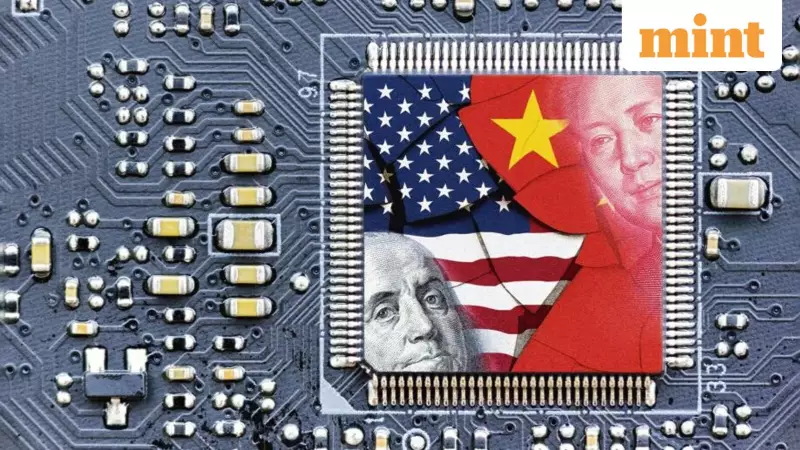
China is fundamentally reshaping the foundations of global power through an aggressive push into high technology, positioning itself to attract crucial supply chains away from Western dominance. This strategic shift comes as Beijing doubles down on innovation and self-reliance amid intensifying competition with the United States.
The Self-Reliance Gambit
President Xi Jinping's focus on building China's own technology ecosystem represents what analysts describe as Beijing's boldest attempt to redraw global power dynamics. While the US currently maintains the upper hand in advanced technology, China's concentrated efforts on innovation could significantly tilt global supply chains toward its orbit in the coming years.
The strategy isn't merely economic—it's deeply rooted in national security concerns. Despite a one-year pause in trade hostilities agreed upon in October, instability is expected to define US-China relations for the foreseeable future. Xi's doubling down on self-reliance comes against the backdrop of a prolonged trade war and slowing domestic economy, highlighted by October's unexpected export slump.
Technology as the Cornerstone
Recent developments offer clear insights into China's priorities. The Communist Party's Fourth Plenum last month, attended by only 168 of the 205 Central Committee members—the lowest attendance since the Cultural Revolution—nevertheless elevated science and technology as pillars of the next five-year plan scheduled for finalization in March.
Beijing perceives American President Donald Trump as an agent of chaos and is preparing for increased global economic turbulence, according to analysis from Neil Thomas and Lobsang Tsering of the Asia Society Policy Institute. China is leveraging American pressure as a catalyst to accelerate domestic innovation, channeling substantial resources into local firms across critical sectors including aerospace, artificial intelligence, and quantum computing.
The world's second-largest economy has aggressively pursued military-civil fusion, gathering advanced civilian research from global sources to modernize its defense forces. This approach enables China to develop dual-use technologies where breakthroughs in AI, chips, or supercomputing directly benefit military applications.
Global Implications and Challenges
Under Xi's leadership, the People's Liberation Army has transformed into a sophisticated force capable of operating well beyond China's borders. However, the strategy faces significant challenges beyond Washington's opposition. Xi's sweeping anti-corruption campaign has hollowed out ranks within the party's inner circle and military establishment.
Despite these challenges, Xi's dominance remains unquestioned, with the CCP reaffirming its call to unite around the Central Committee with Comrade Xi Jinping at its core. The Chinese leader's legitimacy hinges on delivering continued economic prosperity to citizens, a task complicated by Trump's trade war.
China's approach mirrors similar self-reliance strategies pursued by India and the US, though with notably greater success in implementation. The country aims to replicate its achievements in green industries—where state-led investment made China a leader in solar panels, batteries, and electric vehicles—in semiconductors, advanced machinery, biotechnology, and quantum computing.
The implications for global power dynamics are profound. America's technological leverage would diminish significantly if Beijing succeeds in building a self-sufficient ecosystem, potentially tilting global supply chains further toward China's orbit. To counter this outcome, experts suggest the US and its allies must immediately invest in alternative supply chains and strengthen allied networks.
Moving forward with the Promoting Resilient Supply Chains Act, which passed the Senate unanimously in June but now faces delays, would represent a crucial step. Meanwhile, American companies operating in China should anticipate heavier state intervention, tighter trade conditions, and expanded export controls.
Despite China's formidable system, deep structural challenges persist—from property market slumps and local government debt to demographic decline. As Xi builds a China that increasingly relies on itself, the international community must prepare for the resulting shifts in global economic and technological leadership.





